An Ode to Utah's Greatest Recipe
Utah is many things. It’s the home to countless religious sites, the refuge for people fleeing the West Coast, and the site of some incredible mountains and very orange rocks. However, standing out from this, Utah has branded itself as the birthplace of the greatest food trend to grace this side of the globe: fry sauce.
You know about fry sauce. Even if you think you don’t, you do. Pretentious burger joints like to market their “special sauce,” and invariably, it just ends up being Utah’s good’ol fry sauce.
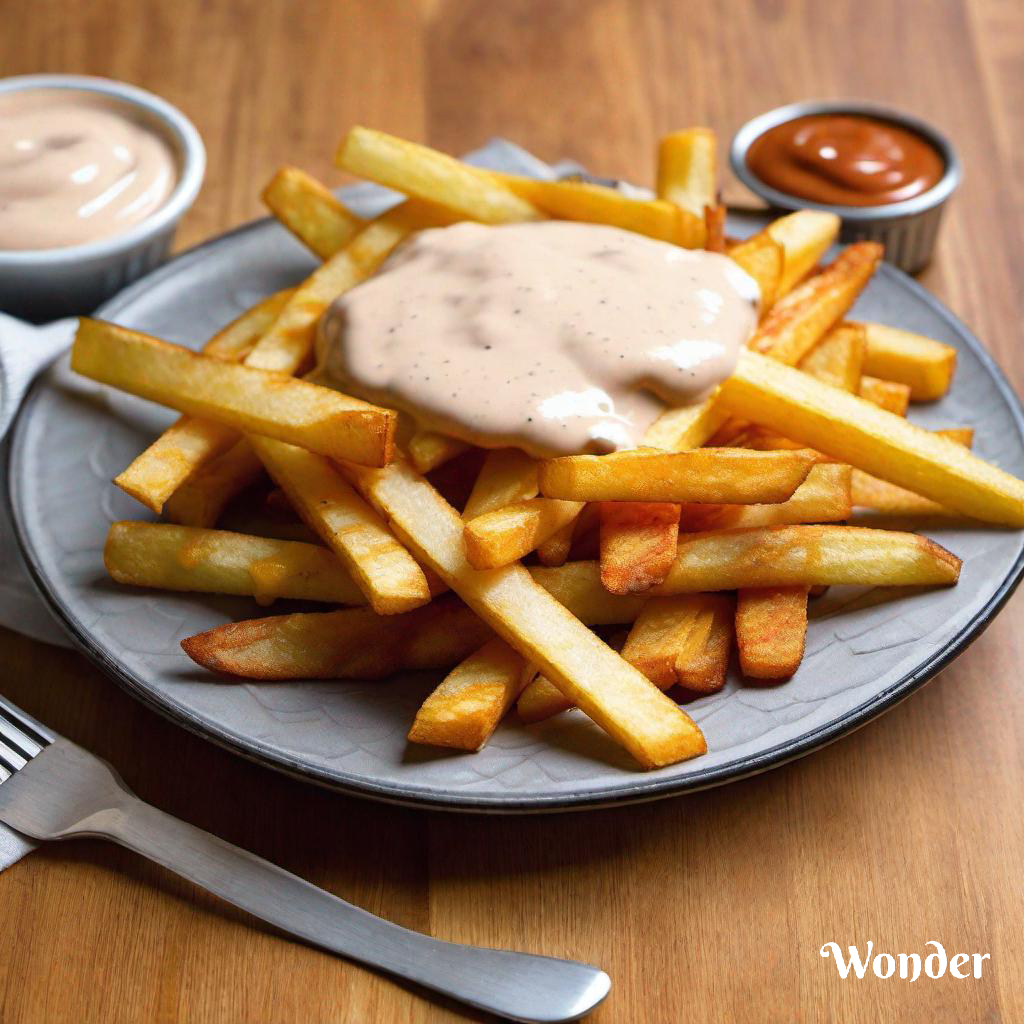
Fry sauce obviously isn’t something you’ll find in America’s 50 fanciest restaurants. Instead, it has crawled its way all across America into burger joints, ma-and-pa diners, and fast food chains. This is something worth looking at. There are fascinating things happening in the fry sauce formula that make it destined to become America’s favorite sauce.
Let’s talk about what makes fry sauce so good and look at different popular ways to make it. At the end of the article, I’ll share my own recipe that puts a unique spin on this incredible sauce. Read through to the end, and this article will be a good lesson on balancing flavors and experimenting with common ingredients.
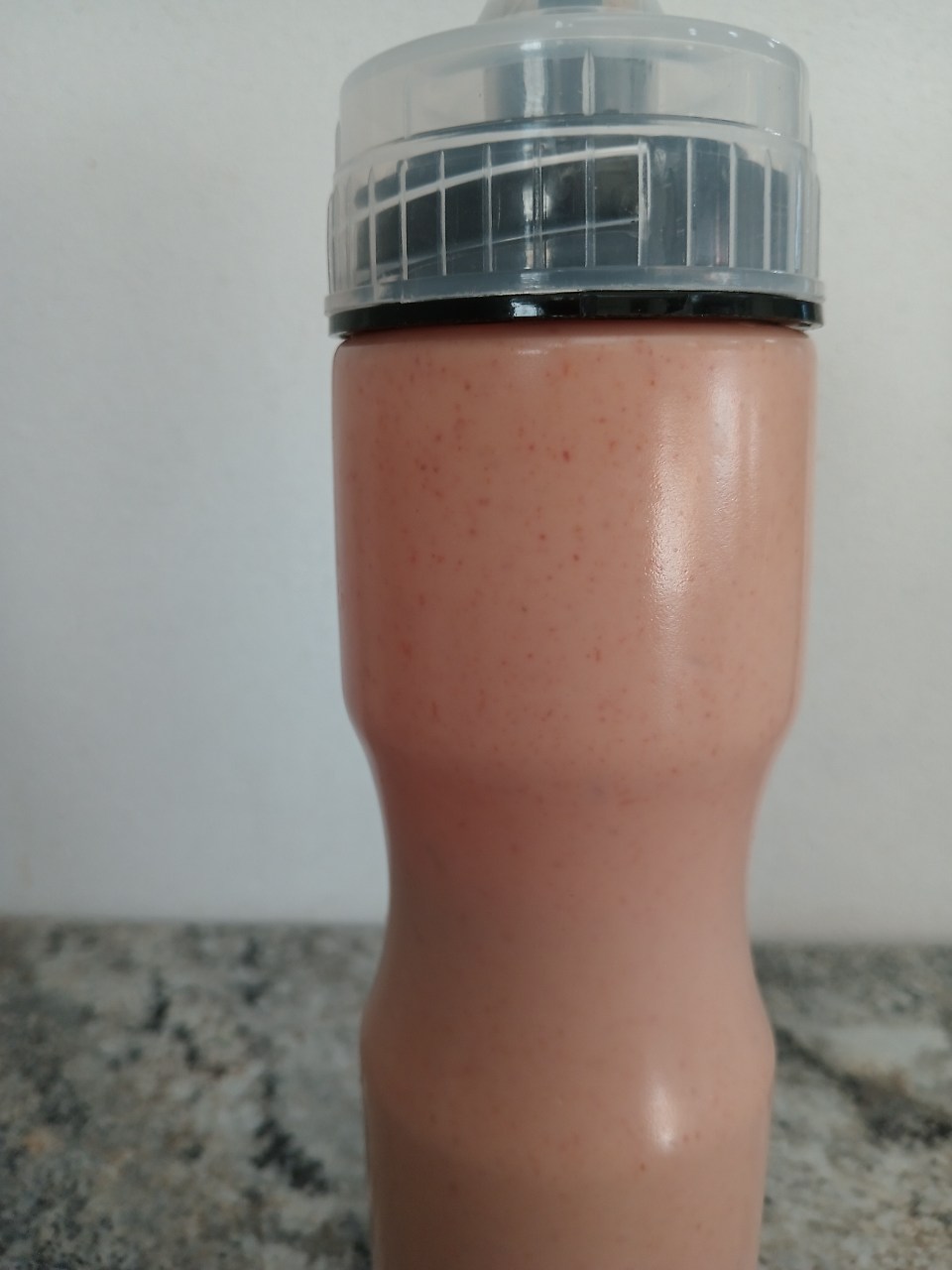
At its core, the success of fry sauce lies in its ability to balance two elements: fat, and acid, which are key pillars of flavor chemistry.
Fat: Mayonnaise is the primary source of fat in fry sauce, and it plays a pivotal role in flavor and texture. Fat is known to “carry flavor.” It basically enables us to taste the flavors of food more fully. On top of that, fat is creamy and smooth, which adds a pleasurable mouthfeel and a pleasant contrast to the crispy, crunchy textures of other foods. This balance in texture is crucial for a satisfying meal.
Acid: The acid component in fry sauce is primarily derived from ketchup, which contains vinegar. Acidity in food brightens and cuts through the richness of fat, providing a refreshing contrast. Acid balances the flavor profile, preventing foods from becoming “heavy,” or “cloying.” Not only does acid add a zesty kick; it also acts as a palate cleanser that resets your taste buds with each bite.
In summary, the science behind the sauce is its application of two fundamental food principles: fat and acid.
The most popular added mix-ins for fry sauce are cayenne pepper (or some other spicy element), minced pickles, or worcestershire sauce. These mix-ins add extra flavor elements (obviously), but you’ll notice a couple of them also add other acidic elements to the sauce. This is called layering, and when done carefully will boost any dish.
By the way, if you have any unique ingredients you like to add to your fry sauce, let me know in the comments. I personally love adding a small amount of lavender and red wine vinegar to mine, and I’m also considering adding a quarter of an anchovy.
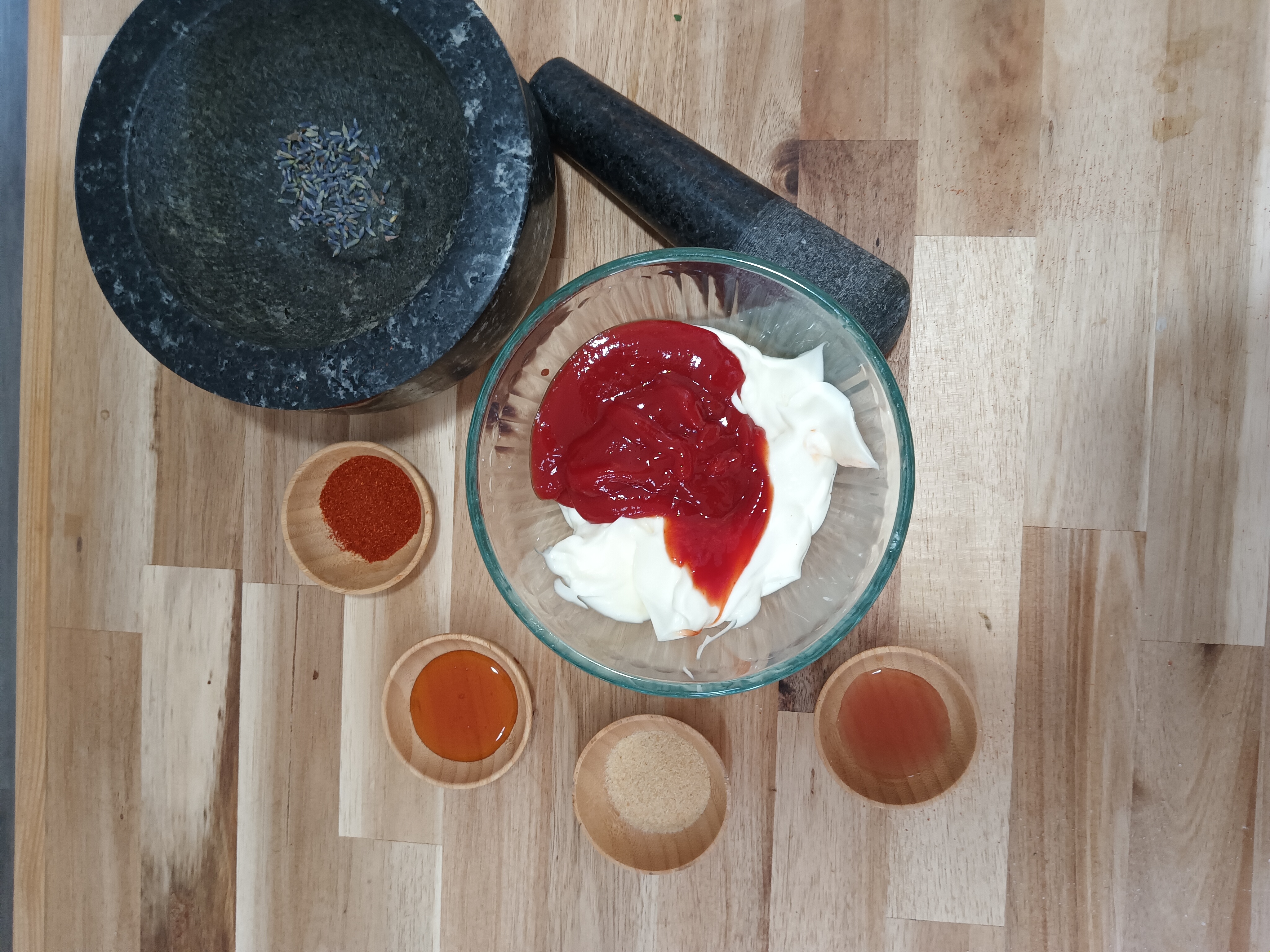
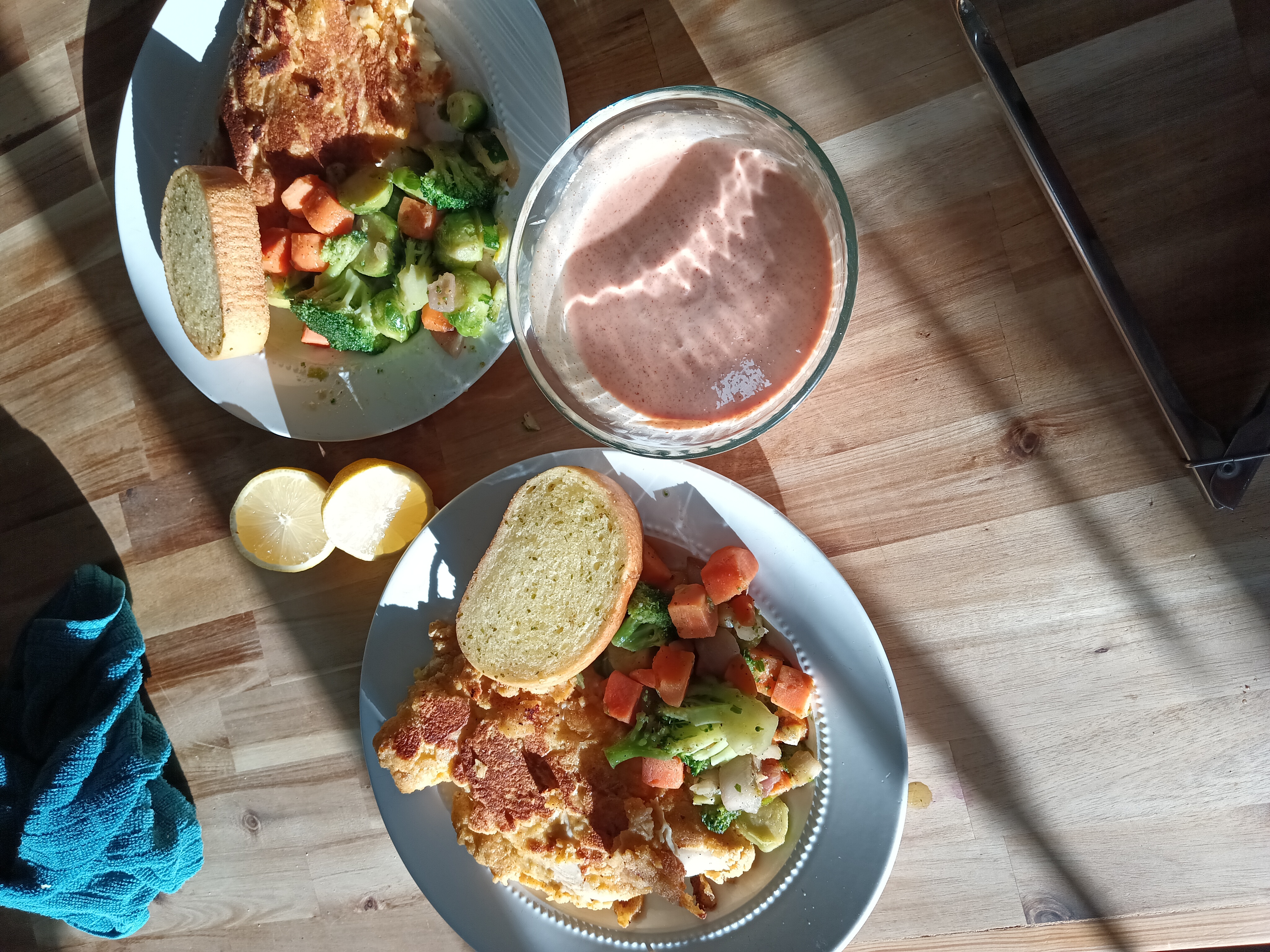
Can I take this moment to propose a new name for fry sauce? Maybe one of the following:
You get the point.
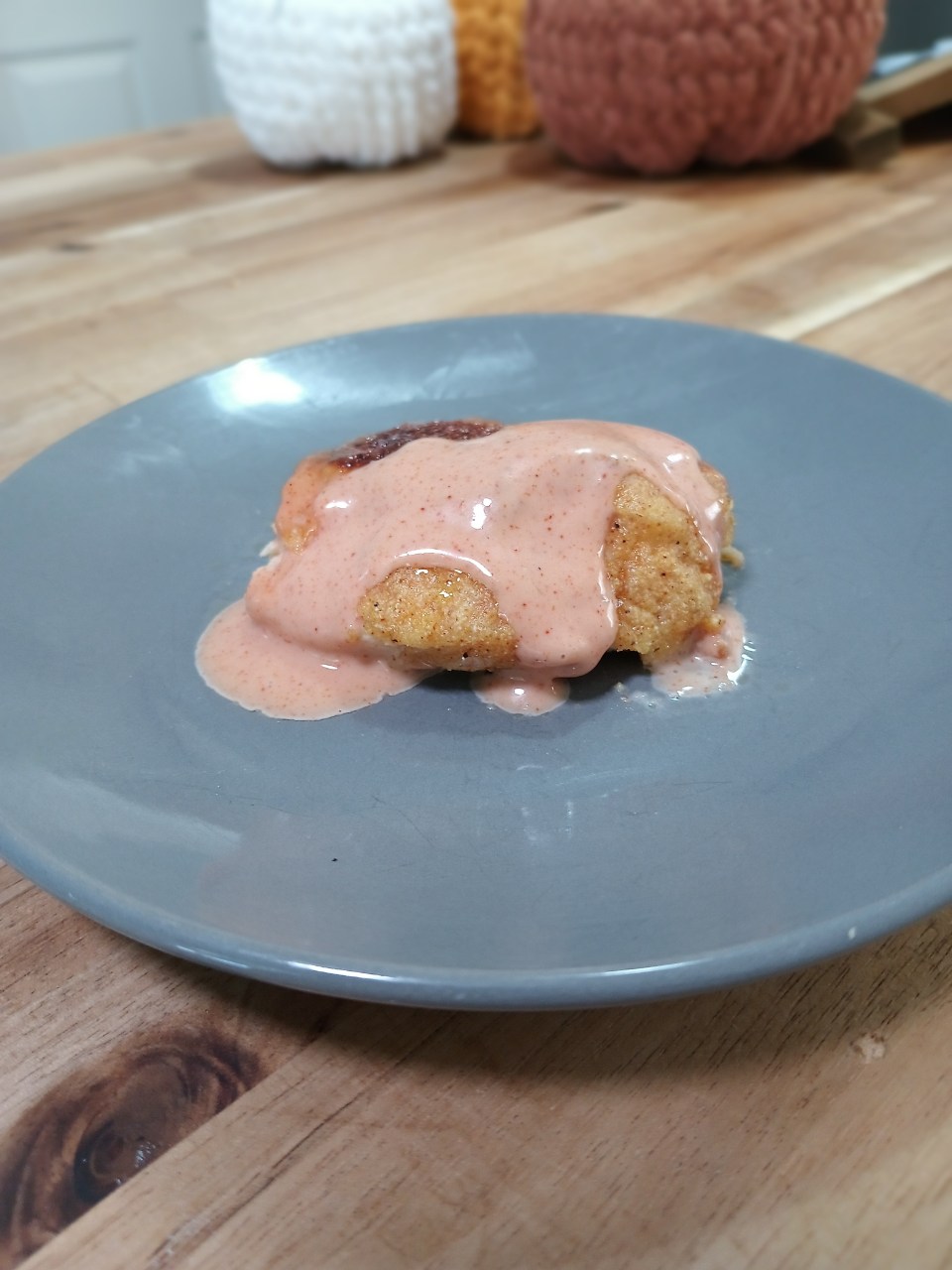
In summary, while fry sauce isn’t exactly “gourmet” in the traditional sense of the word, there’s a well-founded reason why it is so popular. When used judicially, it can brighten up a huge variety of dishes. Its humble ingredients make it accessible to the everyman, but that doesn’t at all diminish its delish factor.
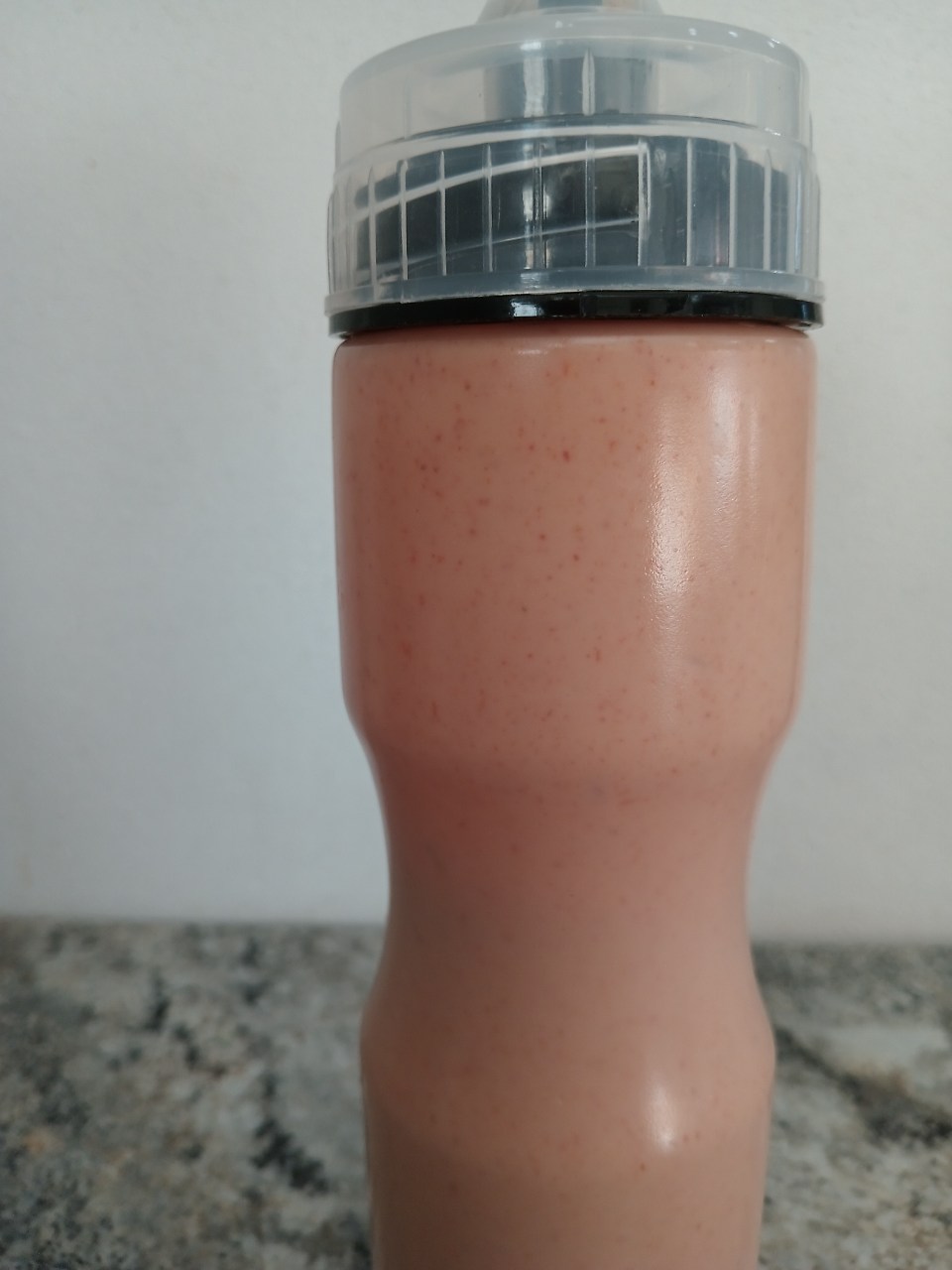
1 cup mayonnaise
1/3 cup ketchup
2 teaspoons red wine vinegar
1/2 granulated garlic or garlic powder
1 paprika
1/2 teaspoon cayenne pepper
1/2 teaspoon , powdered lavender
1 teaspoon honey
Directions:
Add Recipe to Cook'n
blog comments powered by Disqus
You know about fry sauce. Even if you think you don’t, you do. Pretentious burger joints like to market their “special sauce,” and invariably, it just ends up being Utah’s good’ol fry sauce.

Fry sauce obviously isn’t something you’ll find in America’s 50 fanciest restaurants. Instead, it has crawled its way all across America into burger joints, ma-and-pa diners, and fast food chains. This is something worth looking at. There are fascinating things happening in the fry sauce formula that make it destined to become America’s favorite sauce.
Let’s talk about what makes fry sauce so good and look at different popular ways to make it. At the end of the article, I’ll share my own recipe that puts a unique spin on this incredible sauce. Read through to the end, and this article will be a good lesson on balancing flavors and experimenting with common ingredients.
Why It’s so Good

At its core, the success of fry sauce lies in its ability to balance two elements: fat, and acid, which are key pillars of flavor chemistry.
Fat: Mayonnaise is the primary source of fat in fry sauce, and it plays a pivotal role in flavor and texture. Fat is known to “carry flavor.” It basically enables us to taste the flavors of food more fully. On top of that, fat is creamy and smooth, which adds a pleasurable mouthfeel and a pleasant contrast to the crispy, crunchy textures of other foods. This balance in texture is crucial for a satisfying meal.
Acid: The acid component in fry sauce is primarily derived from ketchup, which contains vinegar. Acidity in food brightens and cuts through the richness of fat, providing a refreshing contrast. Acid balances the flavor profile, preventing foods from becoming “heavy,” or “cloying.” Not only does acid add a zesty kick; it also acts as a palate cleanser that resets your taste buds with each bite.
In summary, the science behind the sauce is its application of two fundamental food principles: fat and acid.
How It’s Made
At its most basic, fry sauce is just mayonnaise and ketchup. Based on my experiments, it goes best with three parts mayo to one part ketchup. Otherwise, ketchup has a bad habit of overpowering the other flavors.The most popular added mix-ins for fry sauce are cayenne pepper (or some other spicy element), minced pickles, or worcestershire sauce. These mix-ins add extra flavor elements (obviously), but you’ll notice a couple of them also add other acidic elements to the sauce. This is called layering, and when done carefully will boost any dish.
By the way, if you have any unique ingredients you like to add to your fry sauce, let me know in the comments. I personally love adding a small amount of lavender and red wine vinegar to mine, and I’m also considering adding a quarter of an anchovy.

Not Just for Fries
Here’s the thing… “fry sauce” is a terrible name. This stuff is EVERYTHING SAUCE. You don’t just dip your fries in it, you amateur. It goes well with so much more than fries because it works synergistically with a wide array of foods:- Slather it all over your next sandwich (ham, grilled cheese, reuben, whatever).
- Use it as a sauce for chicken or pork.
- Dip grilled vegetables in it. Seriously.
- Remember many dressings are mayo based. Drizzle fry sauce over salad for a killer dressing. It’s best over crunchy vegetables like iceberg lettuce and shaved carrots.

Can I take this moment to propose a new name for fry sauce? Maybe one of the following:
- All-Purpose Dip
- Miracle Marinade
- Perfection Pudding
- NomNom Nectar
- Sauce of all Happiness and Joy
- Goodness Gravy
You get the point.

In summary, while fry sauce isn’t exactly “gourmet” in the traditional sense of the word, there’s a well-founded reason why it is so popular. When used judicially, it can brighten up a huge variety of dishes. Its humble ingredients make it accessible to the everyman, but that doesn’t at all diminish its delish factor.
Enough Talking. Show Me the Recipe!
Okay, okay, sorry. I call this recipe Matthew’s Everything Sauce. May it serve you as it has served me. May it be a light on your darkest nights and a soothing comfort on your rainiest days.Matthew's Everything Sauce

The singing star of this recipe is the lavender, which adds floral notes that pair extremely well with red wine vinegar. This is a unique accent that sets the fry sauce apart and has won me a competition or two. The addition of paprika and cayenne pepper add some pop and zing, and they also add some gorgeous coloring to the sauce, giving it a wonderful visual element. I have yet to add this sauce to something without loving the result. Thus, this is no mere fry sauce. It's everything sauce.
Ingredients:1 cup mayonnaise
1/3 cup ketchup
2 teaspoons red wine vinegar
1/2 granulated garlic or garlic powder
1 paprika
1/2 teaspoon cayenne pepper
1/2 teaspoon , powdered lavender
1 teaspoon honey
Directions:
It's simple... add the ingredients to a bowl, whisk them together, and let it all sit together, refrigerated, for three hours. Time will allow the lavender to bloom and all the ingredients to get to know each other. Ideally, let the sauce sit overnight before enjoying.
Recipe formatted with the Cook'n Recipe Software from DVO Enterprises.
 Matthew Christensen
Matthew Christensen
Weekly Newsletter Contributor since 2023
Email the author! matthew@dvo.com
Sources:
- www.pinterest.com
- www.goodhousekeeping.com
- www.lakinaturals.com
- www.qvc.com
- www.wedderspoon.com
